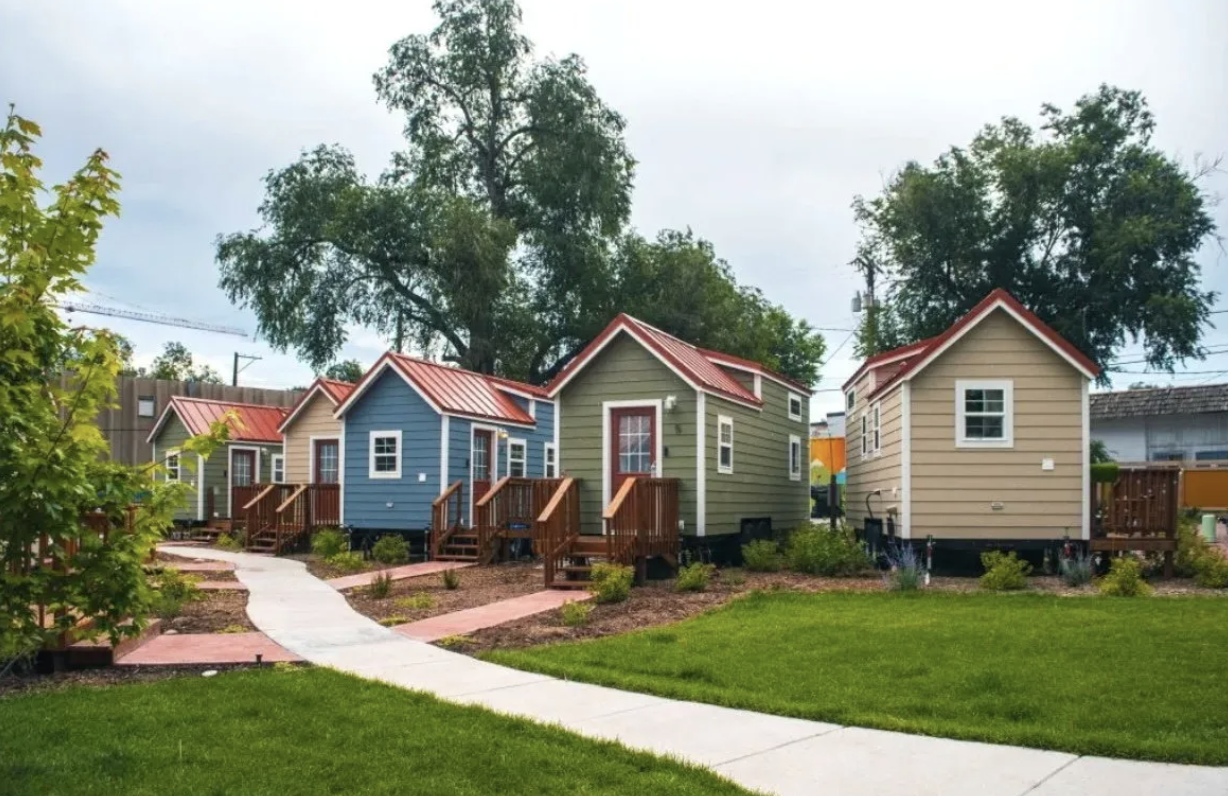Across the country, public school districts are confronting an often overlooked barrier to recruiting and retaining teachers – housing costs. In LAUSD, housing is no longer a peripheral concern but a central part of the fight to keep teachers in the classroom.
In Los Angeles, many teachers live far from their schools or spend hours commuting because they cannot afford to live in the communities they serve. The average LAUSD teacher earns in the low to mid $70,000 range, while the median home price in Los Angeles is over $900,000 and a one-bedroom apartment typically costs around $2,500 a month. That gap leaves many teachers spending an unsustainable share of their income on housing or choosing to live in distant suburbs.
The consequences are visible in classrooms. LAUSD found that nearly half of its workforce faces some form of housing insecurity, and a small percentage are unhoused. In response, the district is exploring creative solutions, including housing developments for employees. One proposed project would convert the former West Hollywood Opportunity Center site on Fairfax Avenue into housing for teachers and staff. The district has also issued calls for similar developments on other district-owned land, marking a new approach to addressing the cost of living crisis among educators.
These efforts reflect a national shift. Across the country, districts are beginning to treat housing affordability as a workforce issue rather than a personal problem. In Battle Creek, Michigan, the city and its school district partnered with the W.K. Kellogg Foundation to offer teachers up to $20,000 in down payment assistance and $4,500 a year in rent support if they commit to living in the district for at least three years. Teachers who live nearby tend to stay longer, build deeper relationships with families, and strengthen school communities.
Other regions are taking the concept further by developing dedicated teacher housing. In Colorado Springs, a school district is constructing a cluster of small homes for educators with rents starting at $825 per month. In California, teacher housing developments have multiplied in recent years as districts experiment with using public land to create affordable housing for school employees.
The logic behind these programs is simple. When teachers can live close to where they work, students benefit from consistency and schools benefit from stability. When teachers are priced out, communities lose experienced educators who might otherwise have spent decades in the classroom. In LA, where even middle-income professionals struggle to afford housing, the need for workforce housing is especially urgent. Local initiatives such as Measure ULA and state laws like SB79 have opened new funding streams and opportunities for building affordable homes, but the gap between wages and costs remains wide. A teacher salary that might seem comfortable on paper falls short in a city where the median rent now exceeds most national mortgage payments.
Projects like Cloverfield Commons in Santa Monica, which envisioned affordable and workforce housing for teachers and other essential workers, demonstrate what it would look like to link housing policy directly to public service. Despite opposition, the idea behind Cloverfield Commons remains critical. Cities must create places where the people who educate, heal, and serve can actually live.

